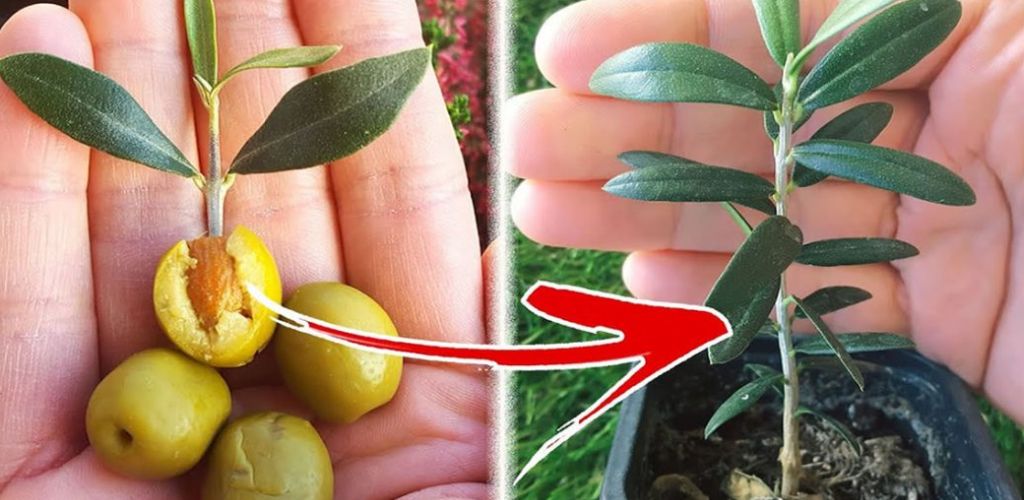How to grow an olive tree in a pot
In the collective imagination, the olive tree is almost always a huge tree, perhaps centuries old, planted in large open spaces so that it can give us its precious fruit, the olive, the raw material of the precious Mediterranean diet.
However, there are some varieties of olive trees which can also be planted in pots , in small spaces, and which do not produce fruit.
The olive tree is a plant that easily adapts to climate and extreme conditions , however it is not recommended to plant it in places that are too cold. Precisely for this reason, planting it in a pot that can be kept indoors is an ideal solution.
Before starting, let’s remember that the olive tree doesn’t need much water , and that the plant must have excellent drainage.
It is important to choose a correct pot, and not for an aesthetic question. It may seem like a trivial thing, but the material in the pot can affect the health of our plant.
The best option are thick clay pots , as they promote good drainage and are among the most effective in isolating the plant.
As for the soil, you need to choose one that is draining and light . An excellent option is to choose one made up of half universal soil and half a mixture of sand and lapillus.
The olive tree does not need frequent watering . This plant also adapts perfectly to drought conditions, so water it periodically but without exaggerating.
How to germinate olive seeds
The seed of the olive is not the classic stone that remains after eating them. Although the hazelnut can be made to germinate, the times would be too long (about 2 or 3 years).
The ideal is to break the shell of the kernel and remove the internal embryo . To do this, we recommend using tongs to break the stone lengthwise and release the fat seed inside.
This operation needs extreme care, to avoid damaging the seed.
Immerse the seed you took in water. This operation will serve to activate a series of metabolic processes essential for the development of the shoot.
You can then place the seed in the potting soil and wait for the seedling to develop. It will take about 4-6 weeks before you see a fully formed seedling .
Important: This website does not give medical advice, nor does it suggest the use of techniques as a form of treatment for physical problems, for which medical advice is required. In case you decide to apply the information contained in this site, the same does not assume responsibility. The intention of the site is to be illustrative, not exhortative or didactic.
